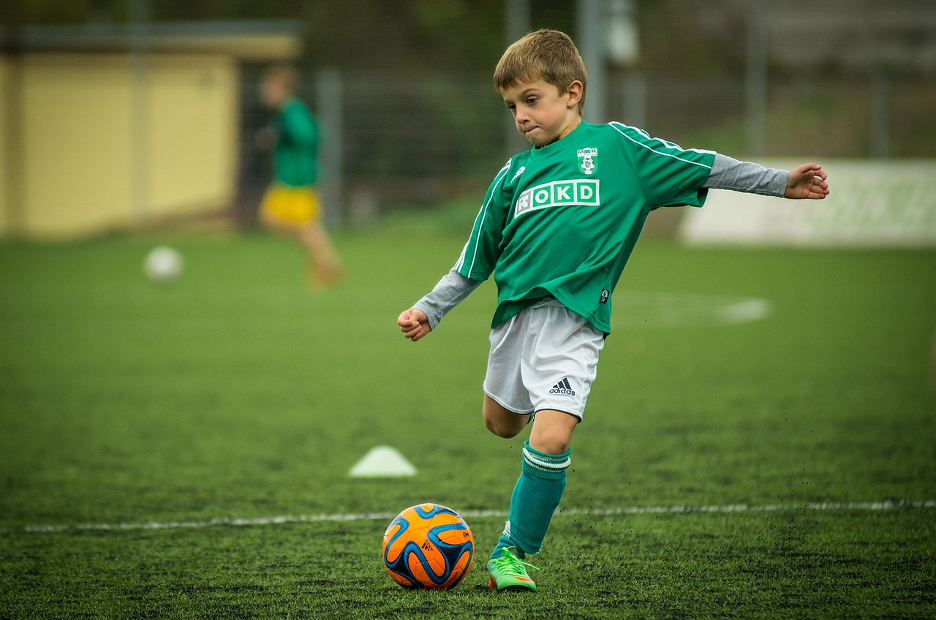Celebrating Ireland’s Historical Legends of Field Games

From ancient times, field games have been a part of Ireland’s culture and legacy. Celebrating the historical legends that make up its unique sports tradition, these games are full of energy, challenge, and skill.
Whether it is an archery competition in Cork or Gaelic Football in Dublin, playing field games brings family members together across generations as well as captivating spectators with their fast-paced action.
While you can learn how to play blackjack and table games easily, field games are a bit physically and intellectually challenging. Here today, we explore the history behind Ireland’s legendary field games—a tale of triumph and humor that has been carried on for hundreds if not thousands of years.
Ireland is famous for its vivid legendaries that are tightly woven with its rich cultural heritage. One such intriguing tale surrounds their field games. According to the legend, two pagan goddesses, Aine and Grian, had a score to settle, which they decided to do through sports.
The rules of the game were quite simple – whoever managed to cross the finish line first would win. As it turned out, Aine was the ultimate winner, and just as the spectators were about to declare her the champion, she vanished into thin air, never to be seen again.
Even today, field games like hurling, football, and camogie are an intrinsic part of Ireland’s culture, and the legend of Aine and Grian’s legendary tussle continues to fascinate locals and visitors alike.
The Importance Of Gaelic Football And Hurling In Irish Culture
Gaelic football and hurling are not just sports in Ireland, they are a way of life. From the west coast to the east, the two sports hold a special place in the hearts of the Irish people. Gaelic football, a combination of soccer and rugby, is a fast-paced game that requires endurance, coordination, and a bit of grit.
On the other hand, hurling, often described as the fastest field sport in the world, requires agility, speed, and an almost supernatural level of hand-eye coordination. But the importance of these two sports extends far beyond just physical prowess.
They are deeply ingrained in Irish culture and represent a sense of community and identity that is unique to the country. Gaelic football and hurling give Irish people a sense of pride and belonging, and watching or playing in a match is a shared experience that creates a bond between individuals and the larger community.
It’s safe to say that Gaelic football and hurling are not just games in Ireland, but rather an integral part of the culture and history of the country.
In Ireland, field games hold a special place in the hearts of both young and old. It’s not just about the physical activity, it’s also about the social aspect that makes these games so important.
From hurling to football, these games bring people together, creating a sense of community like no other. Whether you’re playing or just cheering on from the sidelines, there’s a bond that forms between people who share a love for these sports.
Even in small villages, you’ll find that these field games have a way of bringing everyone together, fostering a sense of camaraderie that lasts long after the final whistle has blown. It’s easy to see why these games are so beloved in Ireland, and it’s clear that they play a crucial role in promoting a strong sense of community throughout the country.
Ireland has a rich history of field games that date back centuries. These games not only serve as a source of entertainment, but they are also an essential part of Irish culture. Féile na Bealtaine, Cuimhneamh a Chláir, and Camán Shinte are some of the oldest and most iconic field games in Ireland.
Féile na Bealtaine is a traditional Gaelic football game that is played in May to celebrate the beginning of summer. Cuimhneamh a Chláir, which means “remembering Clare,” is a commemorative game played to honor the memory of those who fought and died during the Irish War of Independence. Camán Shinte, also known as “hurling,” is a fast-paced game that involves hitting a small ball with a wooden stick.
These games are not only fun to watch, but they also provide a glimpse into Ireland’s rich history and culture.
Different Rules and Techniques Unique to Each Game
There’s nothing quite like the feeling of conquering a board game with friends or family. Each game provides a different set of rules and techniques that make it unique and challenging. Take for example chess, a classic game that requires strategy and forward-thinking to outsmart your opponent.
On the other hand, Jenga is all about steady hands and quick reflexes. Even card games like Uno and Poker have their own set of rules and strategies that take time and practice to master.
Exploring the various rules and techniques of board games can open up a whole new world of entertainment and friendly competition. Who knows, you might even discover a new favorite game!
Discuss How Modern Field Sports Have Evolved From Traditional Irish Games
Modern field sports have come a long way from their traditional Irish roots. While the basic concepts of these sports have mainly remained the same, the methods of play and the rules governing them have evolved significantly over time.
One example of this evolution can be seen in the transformation of hurling, a sport that dates back over 3,000 years. Originally played on rough terrain with sticks and rocks, hurling has become a highly organized and regulated sport played on well-manicured fields with standardized equipment.
Despite these changes, the spirit of camaraderie and competitive drive that defined the original games has endured and continues to inspire athletes around the world.




